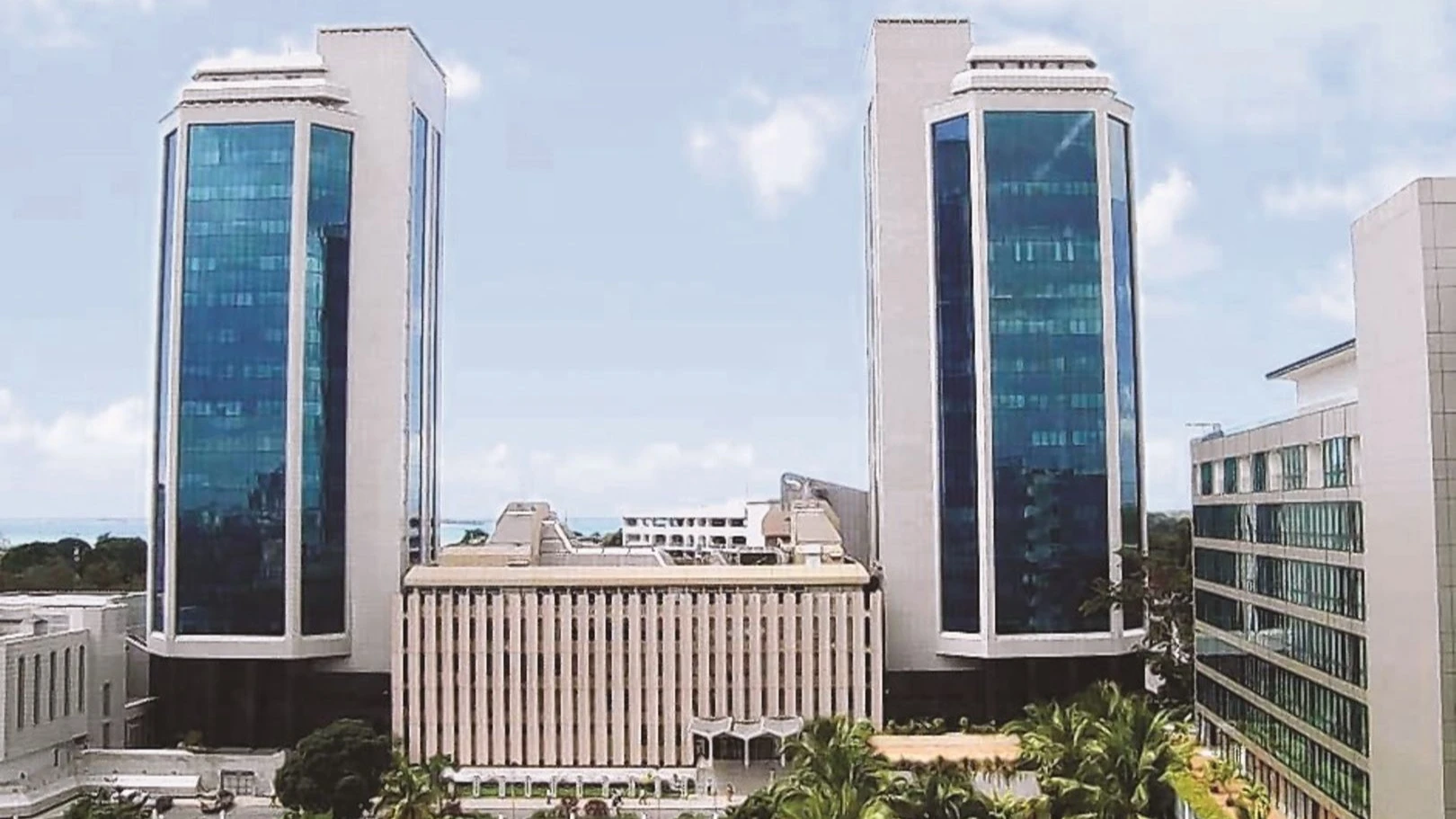
Tuesday, 4th February 2025

By inAfrika Correpondent
For years, Africa’s economic narrative has been one of immense potential hindered by persistent structural risks. While the continent boasts rich natural resources, a youthful population, and rapidly expanding markets, the realities of political uncertainty, currency fluctuations, and credit instability have discouraged investors from committing to long-term projects. These challenges have left many African economies struggling to secure foreign direct investment (FDI), which remains crucial for financing infrastructure, industrialization, and sustainable development.
Financial risk mitigation has emerged as a potential game-changer, providing investors with the confidence they need to operate in African markets. Insurance-backed financial solutions are beginning to transform the perception of investment risks, ensuring that foreign capital flows into key sectors such as infrastructure, energy, and industry. Development insurance, once seen as a niche service, is now proving essential in enabling major projects that would otherwise be deemed too high-risk.
Despite Africa’s growing share of global investment, the continent still faces an annual financing shortfall of $200 billion to meet its Sustainable Development Goals by 2030. The financing gap reflects not only a lack of available capital but also concerns about economic stability. Historically, Africa attracted just $47 billion in FDI in 2001, a figure that has grown but remains inadequate given the scale of development needs. The challenge lies in shifting perceptions—turning Africa from a high-risk investment environment into a destination where capital can be protected and returns maximized.
The success of risk mitigation strategies has already been demonstrated in multiple African economies. In Uganda, the 20MW Ituka West Nile solar project has expanded access to renewable energy, while loan restructuring efforts in Benin and Togo have strengthened financial stability. Infrastructure financing in Côte d’Ivoire, Tanzania, and Senegal has benefited from insurance mechanisms that enabled longer debt tenures and lower borrowing costs, making large-scale projects more feasible. The BITA Water Project in Angola, backed by the World Bank, has improved access to clean water, and an SDG-focused loan in Benin facilitated by the African Development Bank has demonstrated how tailored financial instruments can drive sustainable development. These examples highlight the growing role of structured insurance-backed financing in reducing investment risks and ensuring the completion of high-impact projects.
The conversation around risk mitigation in Africa is shifting. Investors are beginning to recognize that while challenges persist, the tools to manage them are evolving. Manuel Moses, CEO of ATIDI, argues that risk management must be placed at the center of Africa’s economic strategy, stating that “our unique risk-mitigating solutions are essential to enable transformational projects benefiting African countries and their citizens.” The approach, he explains, is not only about attracting investment but also about ensuring that projects remain viable and sustainable long after the initial capital has been deployed.
The need for specialized financial solutions is particularly pressing for small and medium-sized enterprises, which form the backbone of many African economies. Benjamin Mugisha, Chief Underwriting Officer, highlights how the evolving nature of business trends requires insurers to remain agile. “One key focus has been the development of innovative solutions tailored specifically for SMEs. These businesses play a crucial role in driving economic growth, particularly in Africa, and we are committed to providing them with risk management tools they need to thrive,” he said. By integrating tailored risk solutions, financial institutions can create more opportunities for local enterprises to expand, attract funding, and contribute to broader economic development.
Risk mitigation does not eliminate all challenges, and structural issues such as governance weaknesses and regulatory inconsistencies still pose obstacles. Dr. Anthony Ehimare, Chief Risk Officer, notes that “investing in Africa comes with risks, among which are debt distress, political volatility, lingering insecurity, or governance gaps. But recent global crises demonstrate that volatility and uncertainty may be the new norm in international business.” His perspective reflects the reality that investors worldwide are learning to operate in increasingly unpredictable environments, making Africa’s perceived risks more comparable to those found in emerging markets elsewhere. He points out that financial institutions must continue refining their risk assessment frameworks to keep pace with global economic shifts and provide investors with the confidence they need to commit to long-term ventures.
The broader question remains whether financial institutions and African policymakers can work together to create a more stable and predictable investment climate. The continent’s ability to attract capital will depend not only on financial safeguards but also on regulatory stability, strong public-private partnerships, and economic cooperation across borders.


